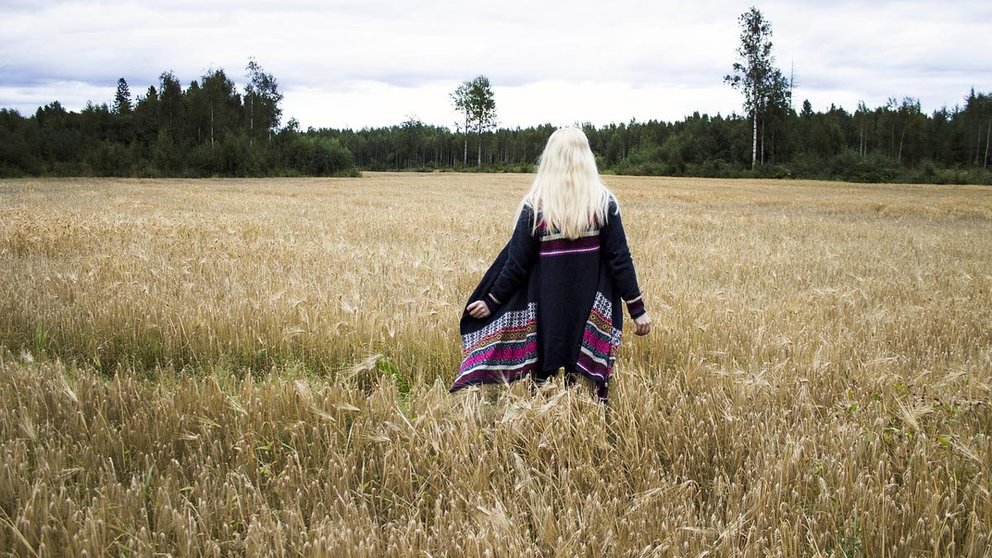16.5% of Finland's population is at risk of poverty or social exclusion. The figure, despite hiding a very hard reality for an important segment of the population, is one of the lowest in the European Union (EU), where the average number of people at risk of poverty and social exclusion reaches 21.7%.
The statistical office of the EU (Eurostat) has made public its latest data on poverty and social exclusion on the occasion of the International Day for the Eradication of Poverty, which takes place each year on 17 October.
According to these figures, 109.2 million people were at risk of poverty or social exclusion in the whole EU in 2018. This means that they were in at least one of the following three conditions: at risk of poverty after social transfers (income poverty), severely materially deprived or living in households with very low work intensity.

Finland is among the best placed in the list: it was the fourth country with the lowest percentage of population at risk of poverty in 2018. Rates regarding this risk are only lower in the Czech Republic (12.2%), Slovenia (16.2%) and Slovakia (16.3%).
Other countries with low rates are the Netherlands (16.7%), Denmark and France (both 17.4%) and Austria (17.5%).
56% among the unemployed
In Finland poverty rates vary according to different socioeconomic variables.
The risk is almost non-existent (4%) among the employed population, but shoots up to 56% among the unemployed. It is also higher among women (16.7%) than among men (16.2%) and affects more households where there are no children (18.7%) than those in which there are children (13.5%). However, in Finland is easier to be hit by poverty for those who are minors (16%) than for those who are over 65 years of age (14%).

Source: Eurostat
Across the EU Member States, more than a quarter of the population was at risk of poverty or social exclusion in seven Member States: Bulgaria (32.8%), Romania (32.5%), Greece (31.8%), Latvia (28.4%), Lithuania (28.3%), Italy (27.3%) and Spain (26.1%).
Three elements of poverty risk
Looking at each of the three elements contributing to being at risk of poverty or social exclusion, 16.9% of the EU population were at risk of poverty after social transfers in 2018, meaning that their disposable income was below their national at risk of poverty threshold.
- More than 1 in 5 persons were at risk of income poverty in Romania (23.5%), Latvia (23.3%), Lithuania (22.9%), Bulgaria (22.0%), Estonia (21.9%), Spain (21.5%) and Italy (20.3%). In contrast, the lowest rates were observed in Czechia (9.6%), Finland (12.0%), Slovakia (12.4%, 2017 data), Denmark (12.7%), Hungary (12.8%), the Netherlands and Slovenia (both 13.3%) and France (13.4%).
- 5.8% of the population were severely materially deprived, meaning that they had living conditions constrained by a lack of resources such as not being able to afford to pay their bills, keep their home adequately warm, or take a one week holiday away from home. The share of those severely materially deprived ranged from 20.9% in Bulgaria, 16.8% in Romania and 16.7% in Greece, to less than 4% in Luxembourg (1.3%), Sweden (1.6%), the Netherlands (2.4%), Czechia, Austria and Finland (all 2.8%).
- Looking at low work intensity, 9.0% of the population aged 0-59 in the EU lived in households where the adults worked less than 20% of their total work potential during the past year. Ireland (16.2%, 2017 data), Greece (14.6%), Belgium (12.1%), Italy (11.3%), Croatia (11.2%), Denmark (11.1%), Finland (10.8%) and Spain (10.7%) had the highest proportions of those living in very low work intensity households, while Czechia (4.5%), Estonia (5.2%), Slovenia (5.4%), Slovakia (5.4%, 2017 data), Malta (5.5%), Poland (5.6%) and Hungary (5.7%) had the lowest.









